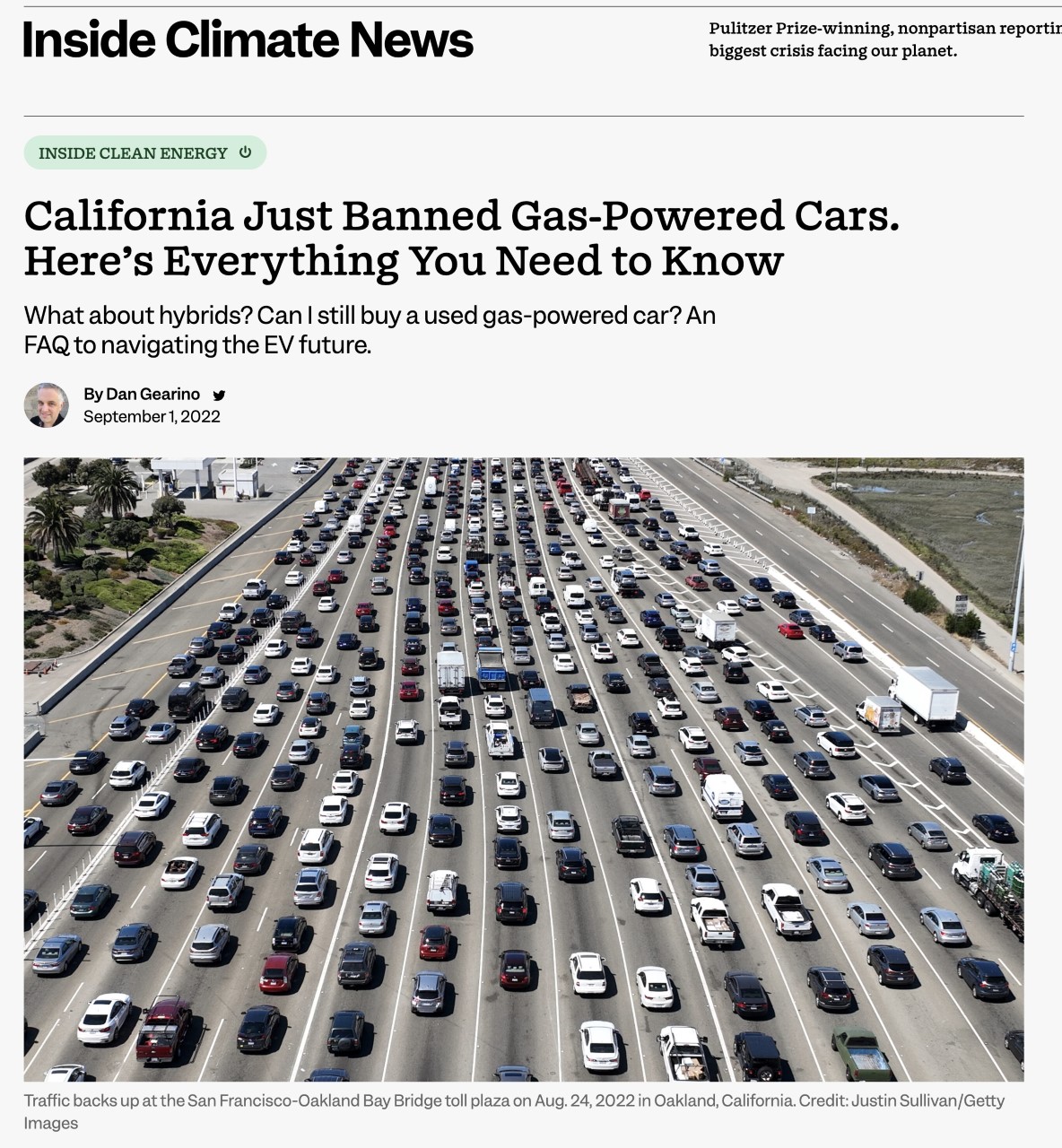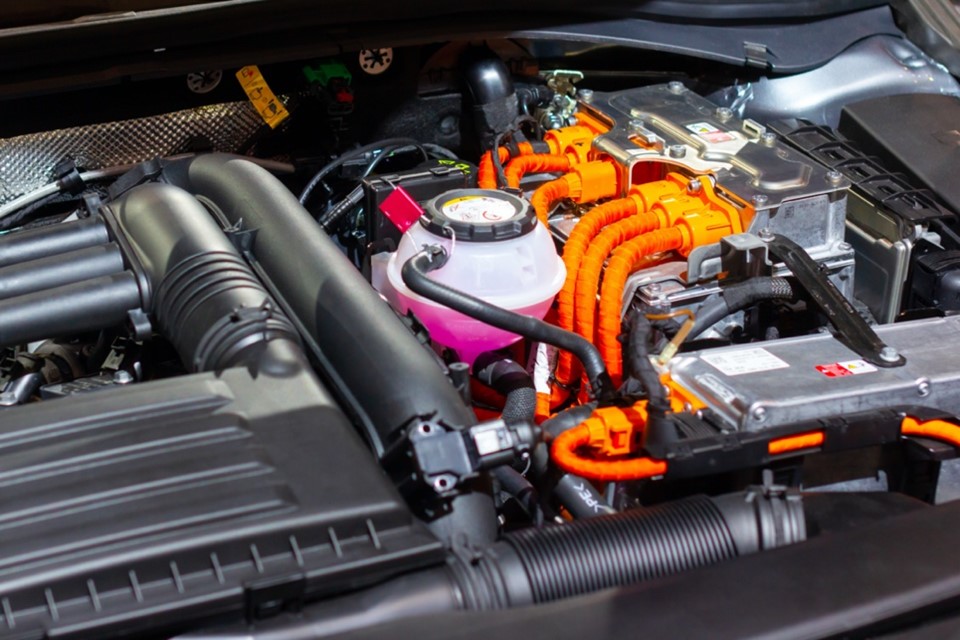If you track worldwide energy demand on a year by year basis, it quickly becomes apparent that the demand for all forms of energy and particularly transportation energy shows no signs of leveling off or shrinking for the foreseeable future. Where does this energy come from? Today, worldwide, energy is largely derived from fossil fuels, natural gas and coal. Alternately, renewable energy has been with us for quite a while now. Solar, Wind, Wave and other renewable energy categories have their conceptual roots in the recent past, beginning in the environmental movement of the 1960s. The movement continued to grow throughout the 1970s and 80s. As the environmental movement and Earth Day became popular, renewable energy was hailed as cleaner, safer, and more economical than fossil fuels. [...]






